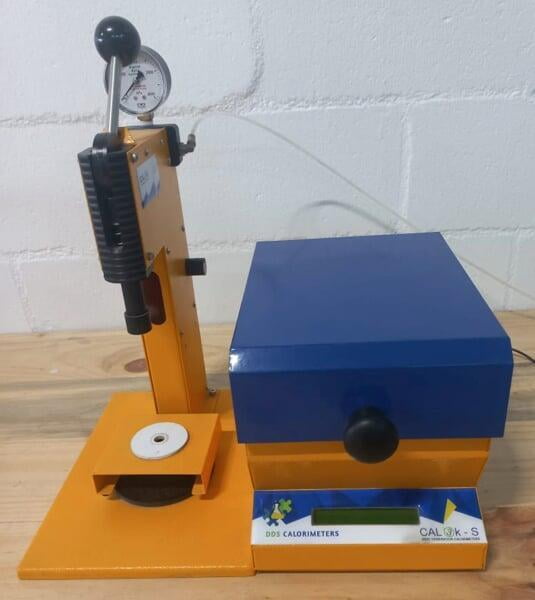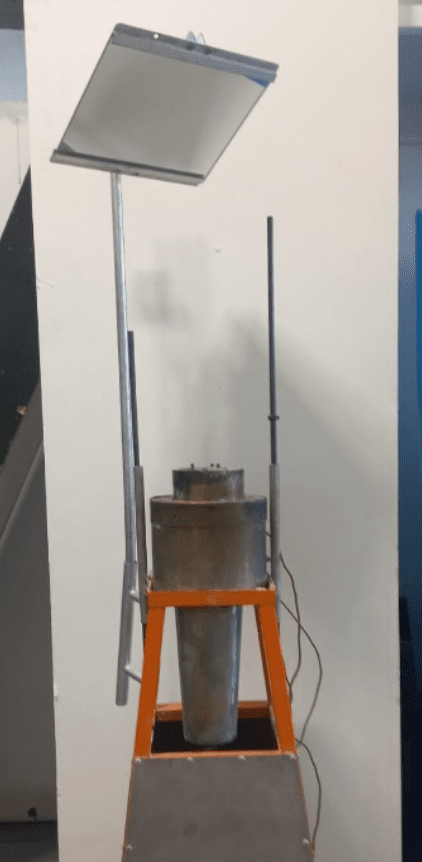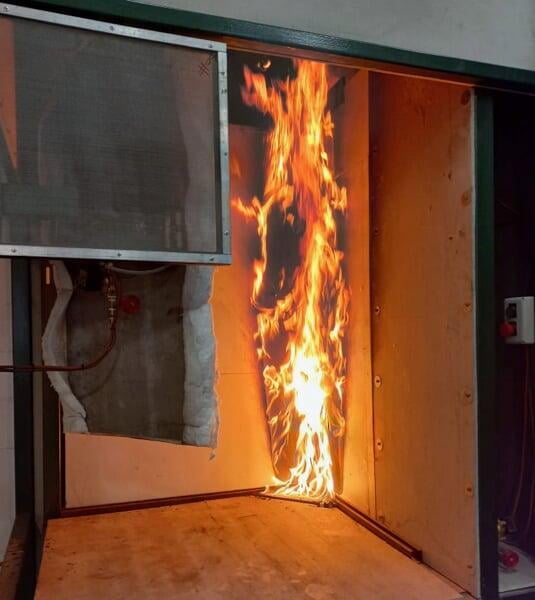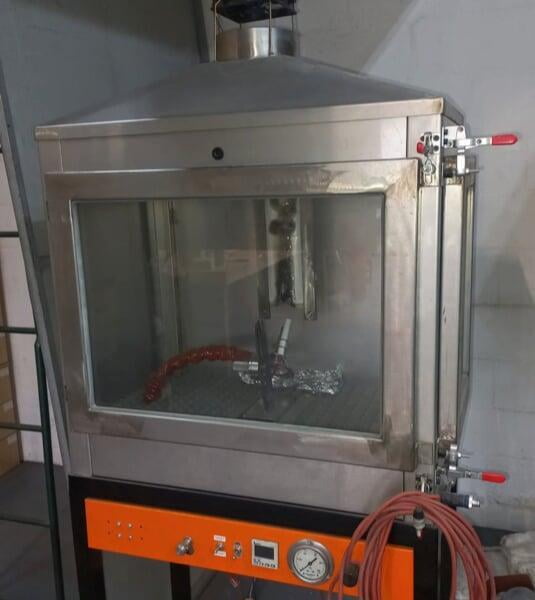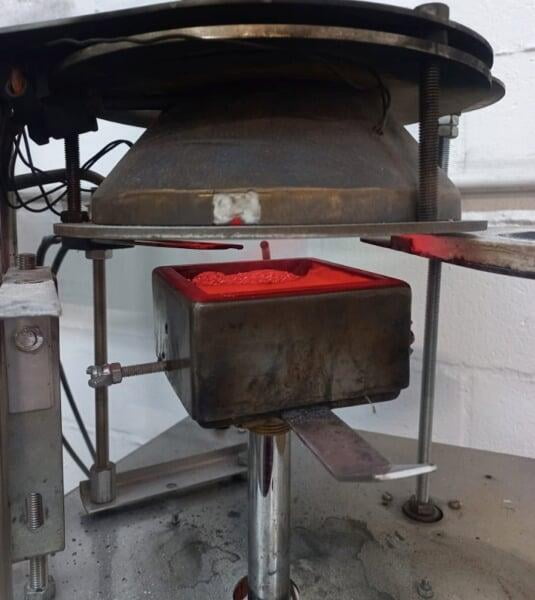REACTION-TO-FIRE TESTS
REACTION-TO-FIRE TESTS
Reaction-to-fire tests evaluate the contribution of materials or products to the growth and spread of fire, typically within the early stages of fire development. The tests may focus on various aspects such as ignitability, flame spread, heat release rate, the heat of combustion, smoke production, or the production of toxic gases. The aggregate of these results can provide an indication of how the material is likely to behave in a fire. Reaction-to-fire tests are also used to classify materials or products based on their fire behaviour characteristics.
SANS 53501-1 CLASSIFICATION
SANS 53501-1 CLASSIFICATION
Classification criteria are set out by SANS 53501-1, which classifies materials based on reaction and contribution to fire. Possible classifications range from A1 - which is non-combustible, to F - which is a fire risk, and therefore, no adequate reaction to fire rating can be given.
For example, accurate classification according to SANS 53501-1 is important for insulation material where an incorrect classification carries significant risks, including the potential for serious loss of life.
The SANS 53501 classification system utilises five different tests. All of which are well within our expertise. The combination of these testing methods fully evaluates the reaction to fire properties of the material tested.
